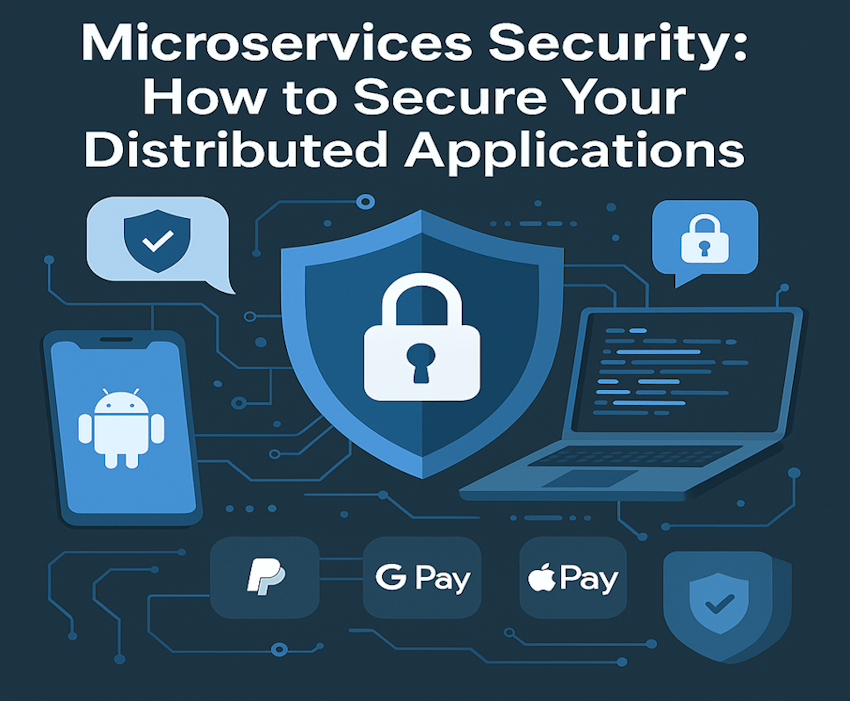As businesses scale, microservices architecture has become the go-to approach for building flexible and modular applications. By breaking down monolithic applications into small, independently deployable services, teams can innovate faster and respond to changes more efficiently. However, this distributed nature introduces unique security challenges.
In this blog, we’ll explore how to secure your microservices effectively in 2025 and beyond.
Why Security Is Critical in Microservices
Unlike monolithic apps, microservices operate in a highly interconnected environment, often using APIs, containers, and messaging systems. This expands the attack surface and requires a multi-layered security strategy.
Key Microservices Security Strategies
1. API Gateway and Authentication
An API gateway serves as the single entry point to your system. It can enforce authentication, rate-limiting, and input validation.
Use OAuth 2.0 and OpenID Connect for secure user authentication across services.
2. Service-to-Service Authentication (mTLS)
Ensure that services communicate securely with mutual TLS (mTLS) to prevent man-in-the-middle attacks.
Every service should validate and trust the identity of other services it interacts with.
3. Role-Based Access Control (RBAC)
Define granular permissions using RBAC to control what services or users can access which resources.
Combine RBAC with attribute-based access control (ABAC) for more flexibility.
4. Token-Based Authorization
Use JWT (JSON Web Tokens) or opaque tokens to authorize access between services. Tokens should be short-lived and validated at each service.
5. Data Encryption at Rest and in Transit
Always encrypt sensitive data using strong encryption standards — both while it is stored and during transmission.
-
In transit: TLS 1.3+
-
At rest: AES-256 encryption for databases and cloud storage
6. Secure Container and Deployment Environments
Most microservices run in containers, making container security vital.
-
Use minimal base images
-
Regularly scan for vulnerabilities
-
Implement runtime protection
7. Rate Limiting & Throttling
Protect services from brute-force or DoS attacks with rate limiting and throttling mechanisms at the gateway level.
8. Logging, Monitoring, and Auditing
Monitor all service interactions for anomalies or suspicious behavior.
-
Enable centralized logging
-
Maintain audit trails for security investigations.
9. Zero Trust Architecture
Adopt a Zero Trust model: “Never trust, always verify.”
Every request should be authenticated and authorized — no implicit trust between services, users, or networks.
10. Regular Security Testing and Updates
-
Perform penetration tests
-
Automate security scans in CI/CD
-
Regularly patch dependencies and containers.
Final Thoughts
Security in a microservices architecture is not just about one solution — it’s about layers of protection. From identity management to container hardening, every component needs attention.
By adopting best practices and leveraging modern security tools, you can build a robust, secure, and scalable microservices ecosystem.
Want expert help securing your microservices?
UISort provides enterprise-grade microservices development with built-in security practices. Consult us today to learn more!
